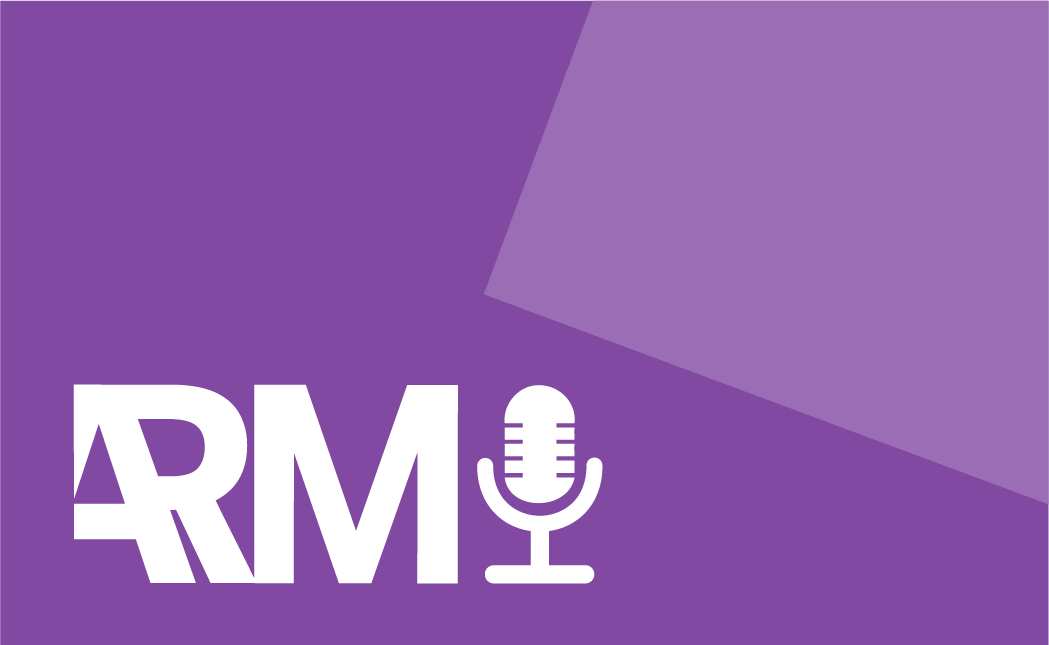To get the maximum effectiveness out of a direct response campaign – there are various different factors you need to consider.
In our latest episode, we explore the different ways to maximise the effectiveness of your direct response. We cover the importance of creativity in product offerings and brand narratives, balancing brand-building and direct response approaches. We discuss targeted audience segmentation, efficient resource allocation, and the value of analytics-driven decision-making with ARMalytics.
Finally, we explore the art of harvesting leads, leveraging PPC campaigns strategically to capitalise on consumer interest while aligning channels seamlessly to maximise conversion potential – watch the full episode or read the blog below.
Maximising Your Effectiveness in Direct Response Advertising
In today’s fast-paced marketing landscape, achieving success in your direct response campaigns require a delicate balance of creativity, strategic planning, and precise execution. This blog draws on extensive industry experience from two of our directors, who provided insights into how you can maximise the effectiveness of your direct response and performance marketing campaigns.
Creative is Crucial
No matter how well-crafted the media plan is, the wrong creative can severely hinder your campaign’s performance. One thing we often see in our Creative Review Sessions (LINK) is creative that doesn’t have a clear CTA. A clear call to action is essential in most creative pieces. The CTA must direct your audience on the specific steps they need to take, whether it’s visiting your website, making a phone call, or going to a store. This call to action should be re-iterated throughout the campaign to ensure clarity and consistency.
Alongside that, incorporating customer testimonials and reviews can significantly boost viewer confidence in your brand. Featuring real customers or showcasing high trust pilot ratings within your ads will add credibility and re-assure potential clients who are in the consideration stage.
If your brand sells direct-to-consumer, special offers and incentives (such as Black Friday deals or introductory discounts) can drive higher response rates by creating a sense of urgency. This urgency can be further amplified with countdowns or time-sensitive messages like ‘deal expires in 2 days’ prompting immediate action from viewers.
For TV campaigns, the ‘closed-eye test’ is a very useful way to test if you can understand the ad without seeing it. Given that many viewers engage in other activities while the TV is on, the voiceover must be clear and compelling. It should effectively convey the message even if the audience isn’t fully visually engaged. These principles (though particularly relevant to TV) apply across various media channels, including radio, print, and online video, with each medium having its own specific nuances.
Effective Planning and Targeting
Taking an audience-first approach is vital in the planning process, deciding whether to go broad or narrow with your targeting. The cost per thousand (CPM) impressions is a key consideration here as well. More targeted campaigns typically come with higher CPMs, so balancing specificity with cost-effectiveness based on your campaign objectives is something you need to consider.
With that, channel selection must align with your audience’s media consumption habits. For instance, older audiences might be better reached through direct response TV and specific Sky channels, whereas younger demographics might be better reached on social media.
Understanding these consumption patterns ensures your message reaches the right people at the right time. By understanding when and how your audience interacts with various media, you can tailor your approach to maximise both the engagement and response rates.
Measurement and Optimisation
A robust measurement and test-and-learn framework is needed for any successful performance-focused campaign. Our recommendation would be starting with smaller budgets to gather initial learnings before scaling up. This approach allows you to identify what works without significant upfront investment. This is why testing is one of the most important things you can do early-on. Focus on high-impact elements first and avoid testing too many variables simultaneously to make sure that your findings are clear and actionable without the confusion of overlapping influences.
You may also want to use business insights to inform your testing and optimisation strategies. For example, with some of the travel clients we work with we find the weekends and Monday is often important. Though they’re not responding immediately on the weekend, we find the activity on the weekends really drives that latent response on the Mondays. Understanding peak response times around payday or specific day-of-week trends can significantly enhance your campaign’s effectiveness and is something you should monitor.
Channel Mix and Harvesting
The effectiveness of advertising can differ depending on the platform used, which is why testing and trialling to find the right mix of channels for your audience is critical. Paid search is often a foundational channel for many brands due to its effectiveness at lower-funnel conversions. Social media, despite some declines in effectiveness, remains an important performance channel. Platforms like Meta still offer significant reach and engagement opportunities.
Pay-per-click (PPC) is often referred to as a ‘harvesting channel’ because it captures the audience’s interest generated by other forms of media, like television. For instance, when a TV advert grabs someone’s attention, they often turn to online search engines to find out more. That’s why it’s crucial to ensure that your online adverts match the message of your TV campaign.
Similarly, social media campaigns should be in harmony with what’s happening on other channels. It’s not just about co-ordinating different platforms; it’s also about fine-tuning within the same medium. On television, for example, we sometimes use shorter adverts to capitalise on the curiosity sparked by longer ones. Even on popular shows like ITV’s morning programme, placing several short adverts can lead to a better viewer response compared to longer adverts shown throughout the day on various channels.
In essence, it’s all about leveraging the initial interest generated by big mediums like television and making sure that all your advertising efforts across different channels are working together to enhance the impact of that interest. This integrated approach helps to maximise the overall effectiveness of your advertising strategy.
Conclusion
A successful campaign requires a range of things, from creating compelling and actionable creative content to strategically targeting the right audiences and meticulously measuring and optimising performance. Hopefully these insights will help you to drive higher engagement, improve response rates, and achieve significant business outcomes.
Get in touch with our team today
Find out how we can combine digital, TV and data science expertise to get the most out of your advertising budget.
"*" indicates required fields
 26 March, 2024
26 March, 2024 by Liam Cogan
by Liam Cogan


















